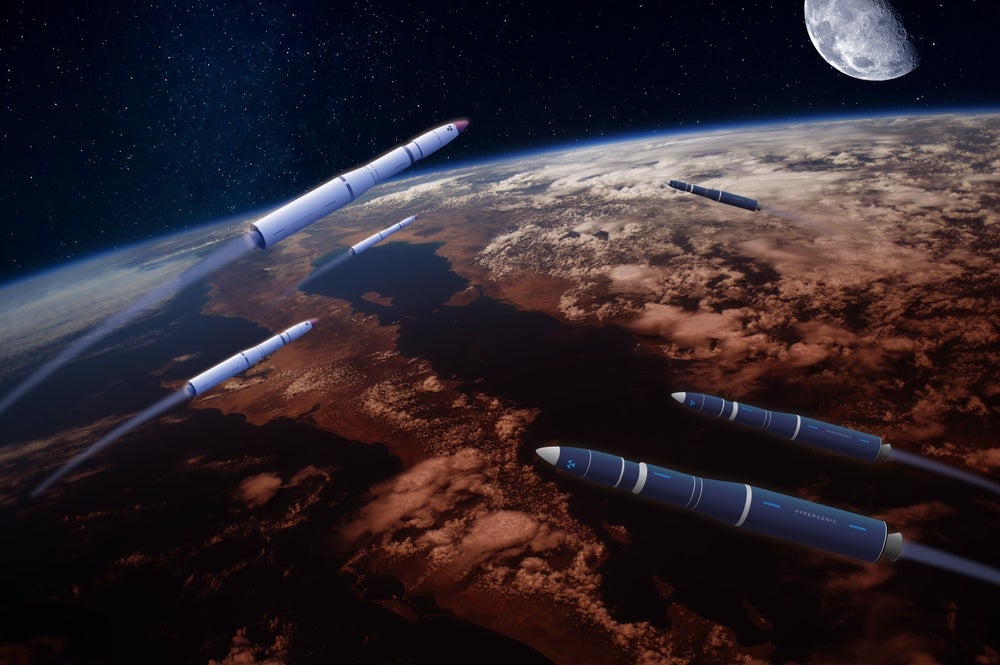
China has called for international cooperation as it looks to set up a permanent base on the south pole of the moon.
The country, which has expressed its desire to become a major space power by 2030, has opened up its Chang’e-8 mission to countries and international organisations.
China’s National Space Administration (CNSA) said it welcomed international bodies to carry out “mission-level” lunar projects.
This means that international partners would be able to operate Chinese spacecraft and explore the moon’s surface together, the CNSA’s website read.
CNSA also noted that international partners are welcome to “piggyback” on Chang’e-8’s lunar mission and deploy their own modules once China’s spacecraft lands.
Chang’e-7 is scheduled for 2026 and Chang’e-8 will follow in 2028. Both spacecraft will be on a search for lunar resources on the south pole of the moon.

US Tariffs are shifting - will you react or anticipate?
Don’t let policy changes catch you off guard. Stay proactive with real-time data and expert analysis.
By GlobalDataAccording to the CNSA, this is the first step to creating the permanent Beijing-led International Lunar Research Station (ILRS) in the 2030s.
China is hoping to land astronauts on the moon by the end of the decade.
This open mission from China rivals NASA’s Artemis program, which wants to put US astronauts on the moon in December 2025.
NASA is banned by US law to collaborate with China.
In September, 29 countries signed a pact created by NASA and the US government which lays out a set of rules of behaviour in space and on the moon. China and Russia have not signed the pact.
The Chinese space sector is dominated by state-owned organisations, predominantly CASC and its subsidiaries.
In the last decade, China’s government has made an explicit effort to open the space economy to commercial companies to counteract a slowdown in technological advances, research company GlobalData noted.
This has resulted in significant growth in the number of space start-ups in China receiving large levels of capital investment, helped by various incentives, including discounts on infrastructure set-up, free land, and tax subsidies.
By 2023, Chinese commercial launch companies Space Pioneer and iSpace jointly raised over $500m in capital funding. While funding is no guarantee of success, it is expected that the next few years will see the Chinese space economy grow strongly as commercial firms ramp up production after years of investment and research.







